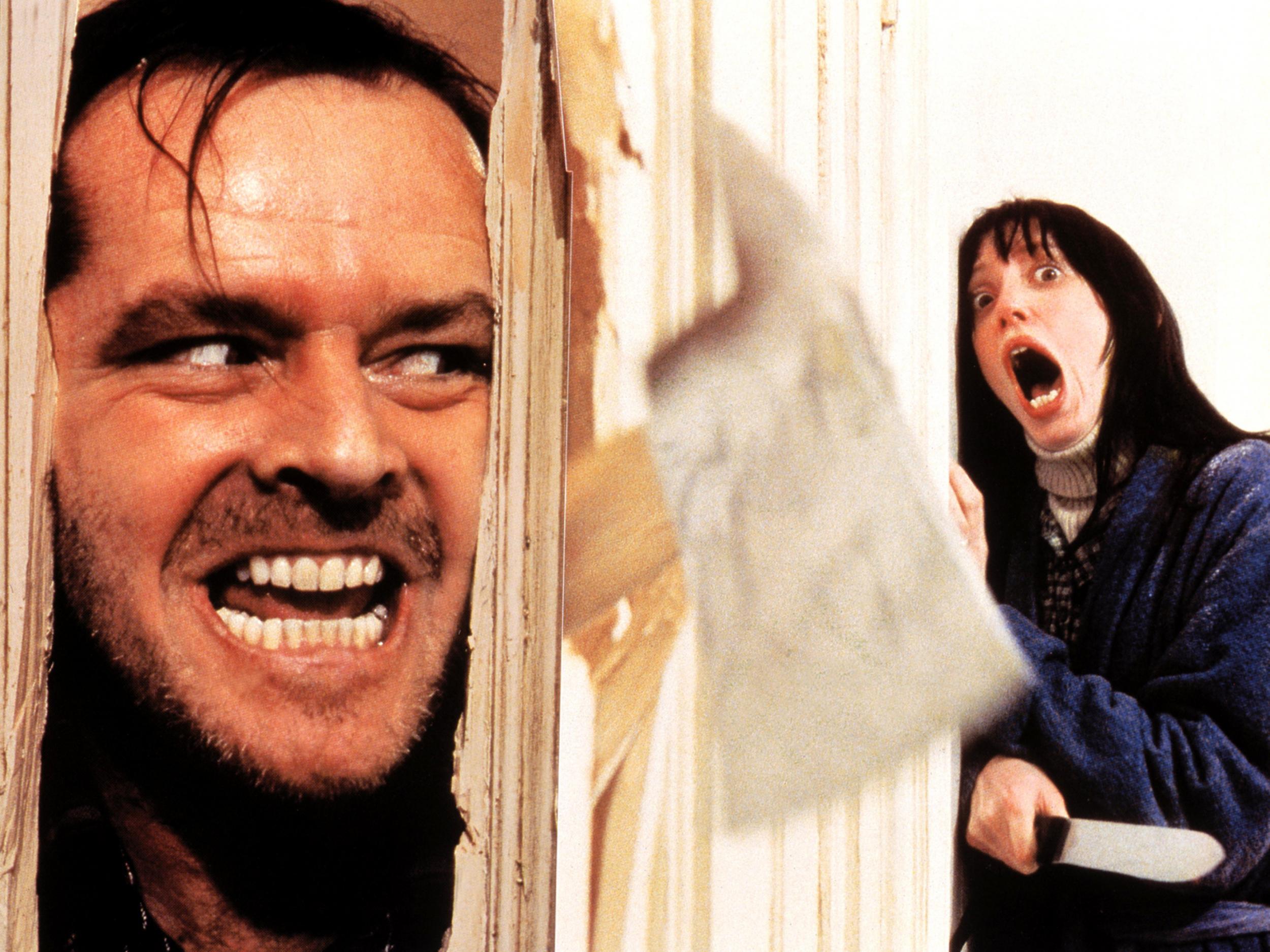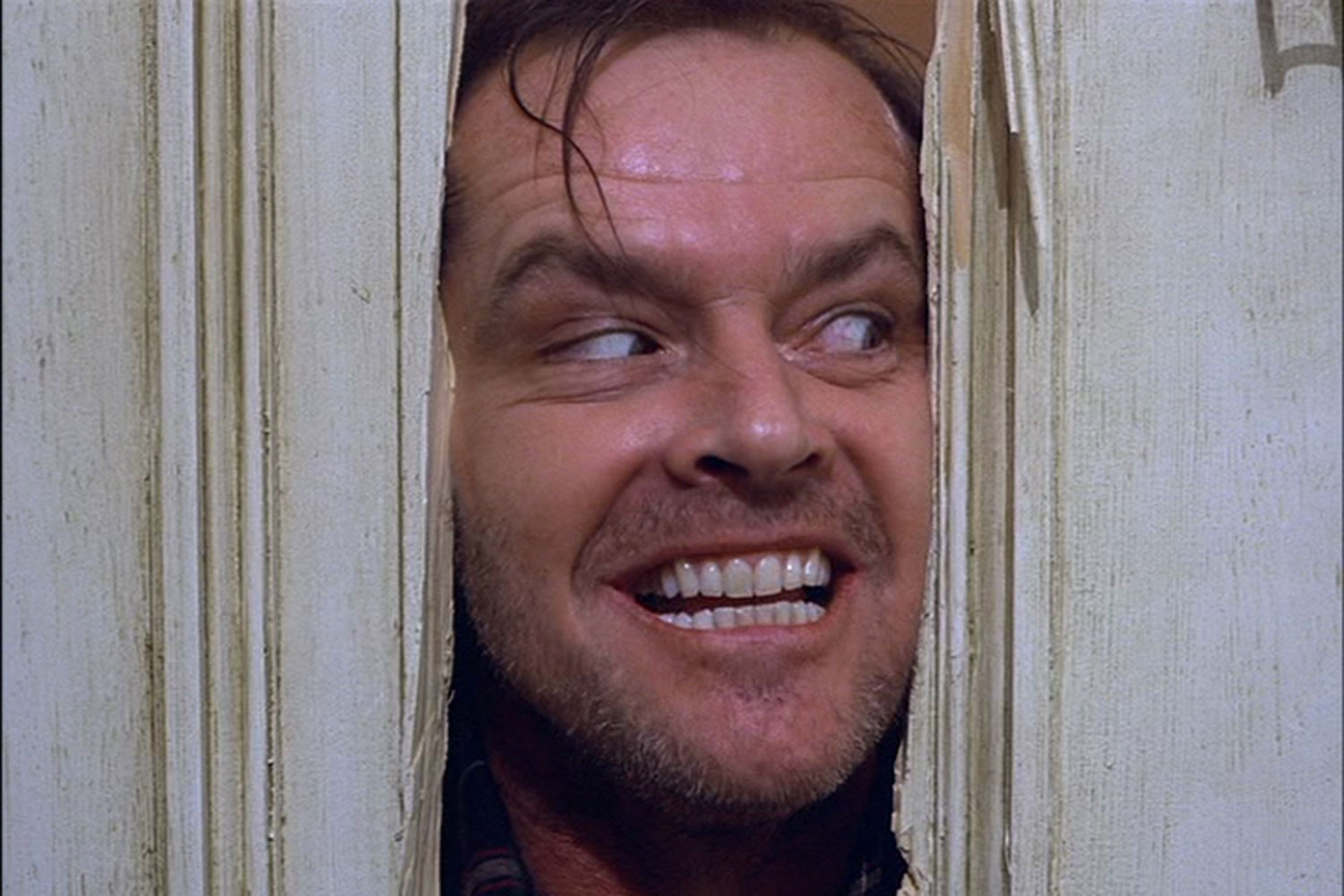The Shining’s Impact on the Horror Genre

Stanley Kubrick’s “The Shining” (1980) revolutionized the horror genre, introducing groundbreaking techniques and redefining the conventions of cinematic terror. Its influence continues to reverberate in contemporary horror films, shaping the way filmmakers create and audiences experience fear on screen.
In the enigmatic corridors of the Overlook Hotel, as the unsettling glow of the “Shining” illuminated the darkness, a glimmer of something new caught my eye. Like the eerie glow of a forgotten license plate, a new Pennsylvania license plate hung on the wall, a stark contrast to the antique decor.
It was a reminder that even in the most haunted of places, the world outside continued to evolve, just as the sinister events at the Overlook unfolded in their timeless cycle.
Innovative Cinematography
- Steadicam Shots: Kubrick’s use of the Steadicam created fluid, uninterrupted tracking shots, immersing viewers in the unsettling atmosphere of the Overlook Hotel.
- Wide-Angle Lenses: The wide-angle lenses distorted the hotel’s spaces, creating a sense of disorientation and claustrophobia.
- Aerial Shots: The aerial shots of the hotel’s labyrinthine hallways and vast exterior emphasized its isolation and the characters’ vulnerability.
Psychological Horror
The film focused on the psychological disintegration of Jack Torrance (Jack Nicholson), delving into the depths of his madness. Kubrick’s exploration of mental illness and isolation redefined horror, moving away from traditional supernatural elements.
The Shining, a masterpiece of horror fiction, has left an indelible mark on the world of cinema. Its eerie atmosphere and haunting imagery have captivated audiences for decades. And now, you can express your love for this iconic film with a PA vanity plate.
These custom license plates allow you to showcase your individuality and share your passion for The Shining with the world.
Iconic Imagery, The shining
- “Here’s Johnny!”: Nicholson’s chilling delivery of this line has become one of the most iconic moments in horror cinema.
- Twins in the Hallway: The eerie appearance of the murdered Grady twins in the hotel hallway created a sense of dread and foreshadowing.
- “Redrum”: The reversed spelling of “murder” written on the bathroom wall became a haunting symbol of the film’s themes of madness and violence.
Legacy and Influence
“The Shining” remains a benchmark in horror cinema, inspiring countless filmmakers and shaping the genre’s evolution. Its groundbreaking techniques and psychological depth have left an indelible mark on contemporary horror films, influencing everything from the use of Steadicam shots to the exploration of mental illness as a source of terror.
Psychological Symbolism and Interpretation: The Shining

The Shining is a masterpiece of psychological horror that uses complex symbolism, imagery, and sound design to create an atmosphere of unease and dread. The film explores the themes of isolation, madness, and the duality of human nature, and these elements are woven into the fabric of the story through the use of visual and auditory cues.
One of the most striking aspects of The Shining is its use of color. The film is dominated by the colors red and gold, which are often associated with danger, passion, and madness. These colors are used to create a sense of unease and to foreshadow the violence that is to come. For example, the red carpet in the Overlook Hotel is a visual reminder of the blood that will be shed, and the gold wallpaper in the ballroom is a symbol of the wealth and opulence that has corrupted the hotel.
Imagery
The Shining also uses imagery to create a sense of unease. The film is filled with images of violence, decay, and madness. These images are used to create a sense of dread and to foreshadow the horrors that are to come. For example, the image of the twins in the hallway is a symbol of the duality of human nature, and the image of the axe in Jack’s hand is a symbol of the violence that is to come.
Sound Design
The Shining also uses sound design to create a sense of unease. The film is filled with eerie sounds, such as the sound of the wind howling, the sound of footsteps in the hallway, and the sound of Jack’s laughter. These sounds are used to create a sense of paranoia and to make the audience feel as if they are being watched.
The Shining is a masterpiece of psychological horror that uses complex symbolism, imagery, and sound design to create an atmosphere of unease and dread. The film explores the themes of isolation, madness, and the duality of human nature, and these elements are woven into the fabric of the story through the use of visual and auditory cues.
Adapting Stephen King’s Novel
Stephen King’s “The Shining” is a complex and multilayered novel that presents a unique challenge for any filmmaker attempting to adapt it to the screen. Stanley Kubrick’s 1980 film adaptation is widely considered a masterpiece of horror cinema, but it also differs from the novel in several key ways.
Plot Differences
The film adaptation condenses and simplifies the novel’s plot, eliminating some characters and subplots. For example, the character of Wendy’s friend, Ullman, is omitted from the film, and the backstory of the Overlook Hotel is significantly shortened. The film also changes the ending of the novel, with Jack Torrance’s final confrontation with Wendy and Danny taking place in the hotel’s maze rather than in the boiler room.
Characterization Differences
Kubrick’s film also differs from the novel in its characterization. In the novel, Jack Torrance is a more complex and sympathetic character, while in the film, he is portrayed as a more one-dimensional villain. The film also makes significant changes to the character of Wendy Torrance, making her more assertive and resourceful than in the novel.
Theme Differences
The film adaptation also differs from the novel in its themes. The novel is primarily concerned with the themes of domestic violence and the destructive power of alcohol, while the film focuses more on the themes of isolation and madness. The film also adds a supernatural element to the story that is not present in the novel.
Challenges and Successes
Translating King’s vision to the screen presented Kubrick with a number of challenges. The novel’s complex plot and characters required significant adaptation, and the film’s limited runtime necessitated the omission of some important elements from the novel. However, Kubrick’s film is also a triumph of cinematic storytelling, and it successfully captures the novel’s atmosphere of dread and suspense. The film’s iconic imagery and unforgettable performances have made it a classic of horror cinema.